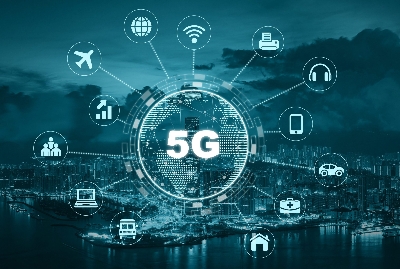
Incident classification in the context of 5G networks refers to the process of categorizing and prioritizing incidents or issues that occur within the network. This is crucial for ensuring the reliability, security, and performance of the network.
Here are some common incident classification categories for 5G networks – Network Outage: Complete or partial loss of network connectivity, affecting one or more users.
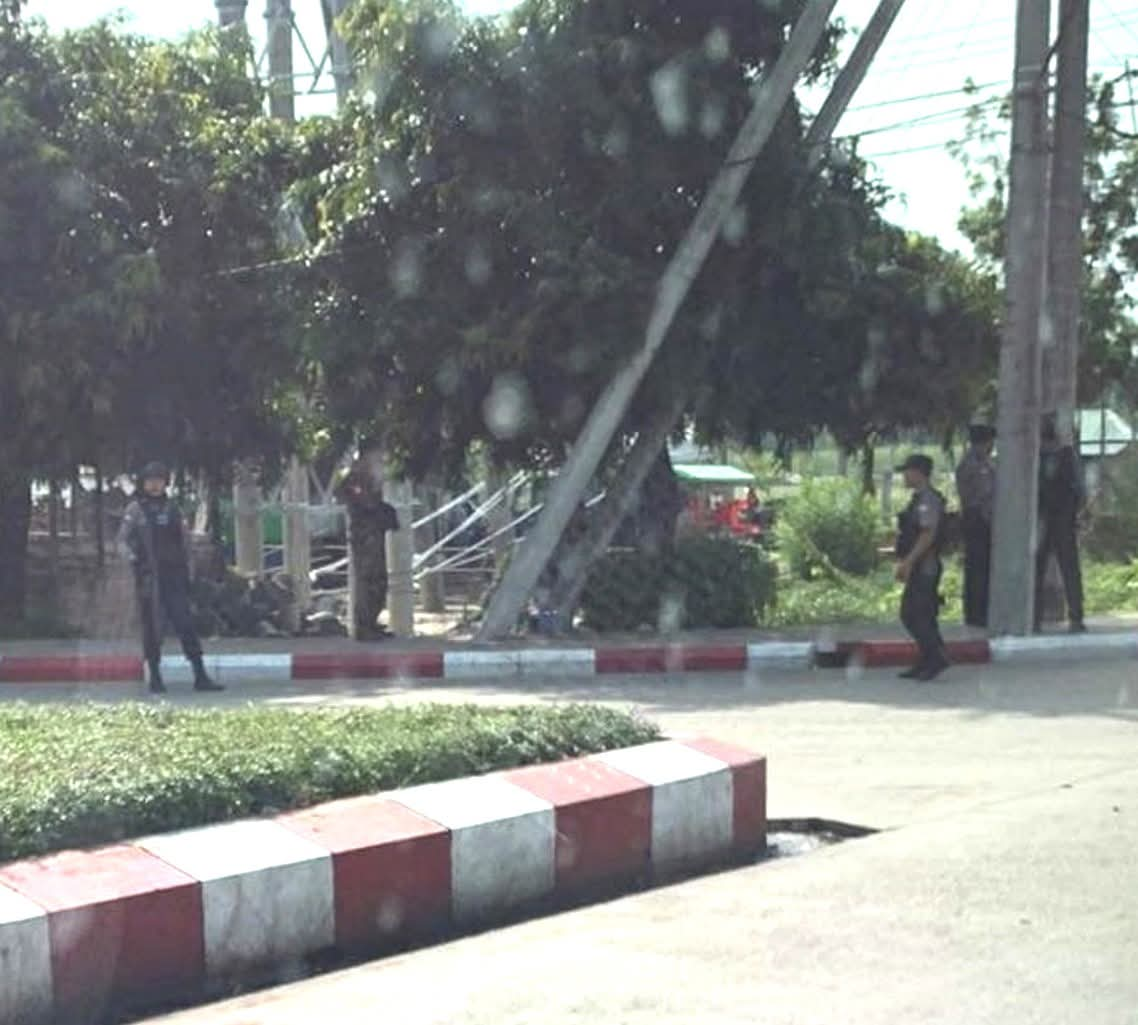
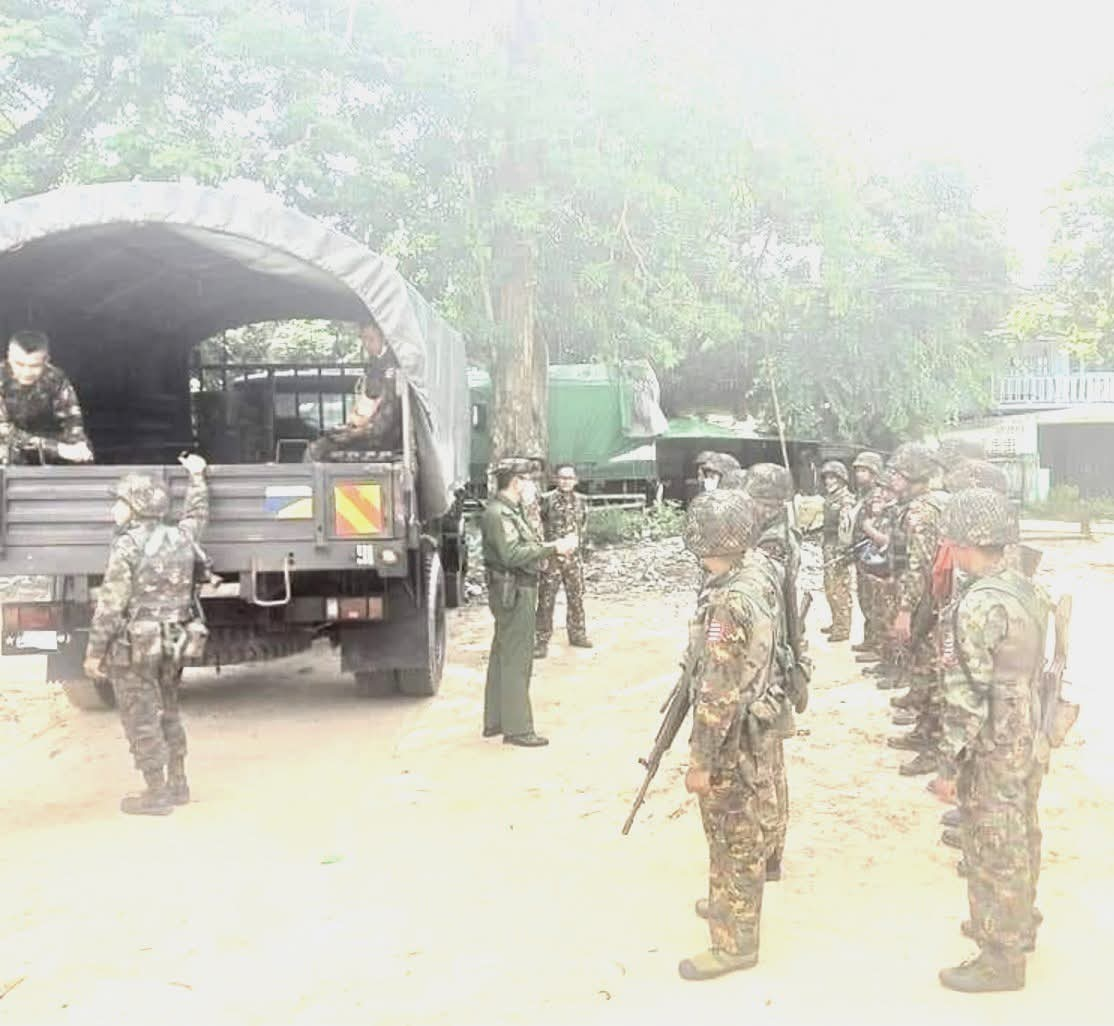

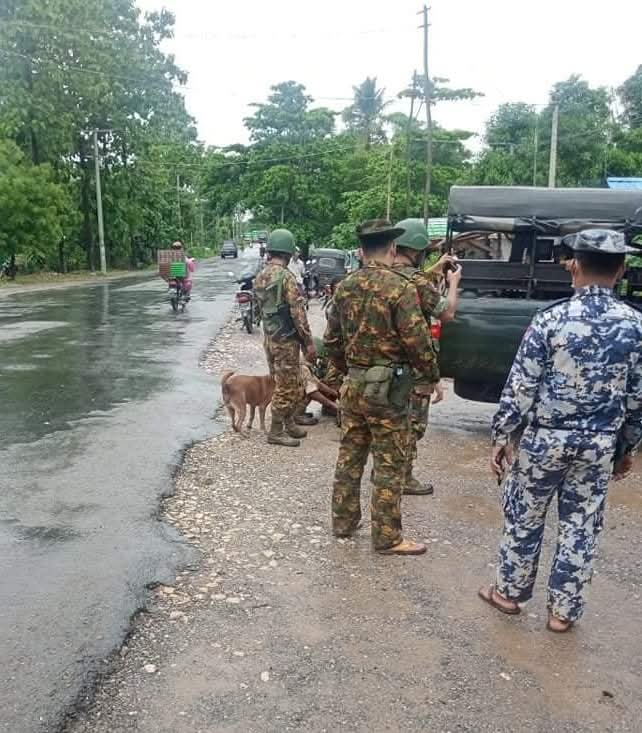
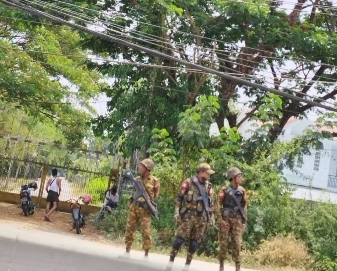



Service Degradation: Reduced performance or quality of a specific service, such as voice, data, or video.
Security Incident: Unauthorized access, malware, or other security threats that compromise the network or user data.
Configuration Error: Incorrect or incomplete configuration of network elements, leading to service disruption or performance issues.
Hardware Failure: Failure of network equipment, such as base stations, routers, or switches.
Software Bug: Errors or defects in software running on network elements, causing service disruption or performance issues.
Performance Issue: Network congestion, packet loss, or other performance problems that affect user experience.
Interoperability Issue: Incompatibility or issues between different network elements or systems, leading to service disruption or performance problems.
Environmental Factor: Incidents caused by external factors, such as natural disasters, power outages, or physical damage to network infrastructure.
Unknown/Miscellaneous: Incidents that do not fit into any of the above categories or are still being investigated.
Incident classification is typically based on factors such as:
Impact: The severity of the incident, including the number of affected users, services, or network elements.
Urgency: The time-critical nature of the incident, including the potential for further damage or disruption if not resolved promptly.
Severity: The level of disruption or damage caused by the incident, including any potential security or safety risks.
Incident classification is essential for:
Prioritizing incident response: Ensuring that the most critical incidents are addressed first.
Resource allocation: Allocating necessary resources, such as personnel, equipment, or spare parts, to resolve incidents efficiently.
Root cause analysis: Identifying the underlying causes of incidents to prevent future occurrences.
Continuous improvement: Identifying areas for improvement in network design, operations, and maintenance to minimize the risk of future incidents.
In 5G networks, incident classification is particularly important due to the increased complexity and diversity of services, as well as the potential for more severe consequences in case of incidents, such as compromised security or disrupted critical infrastructure.


Leave a Reply